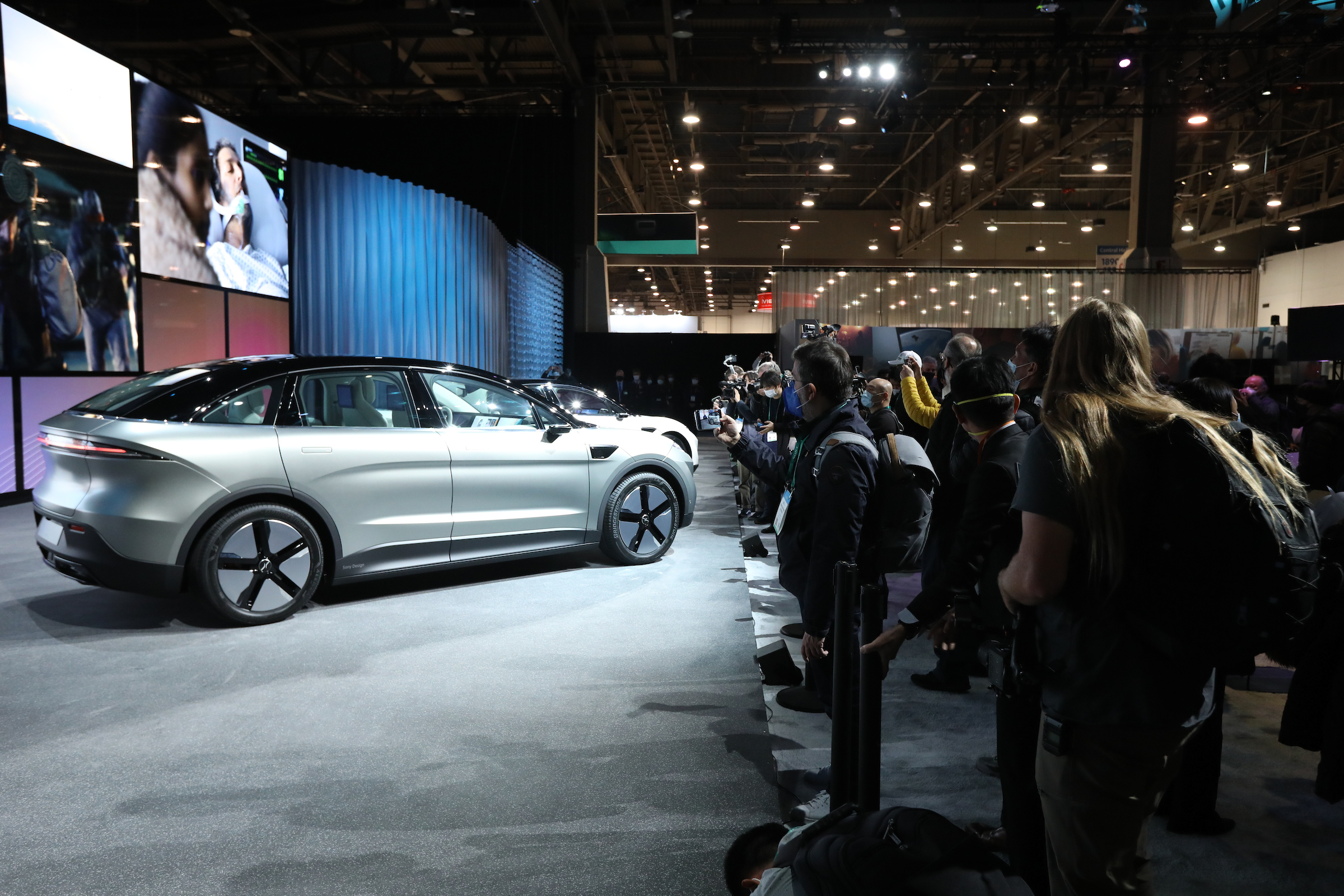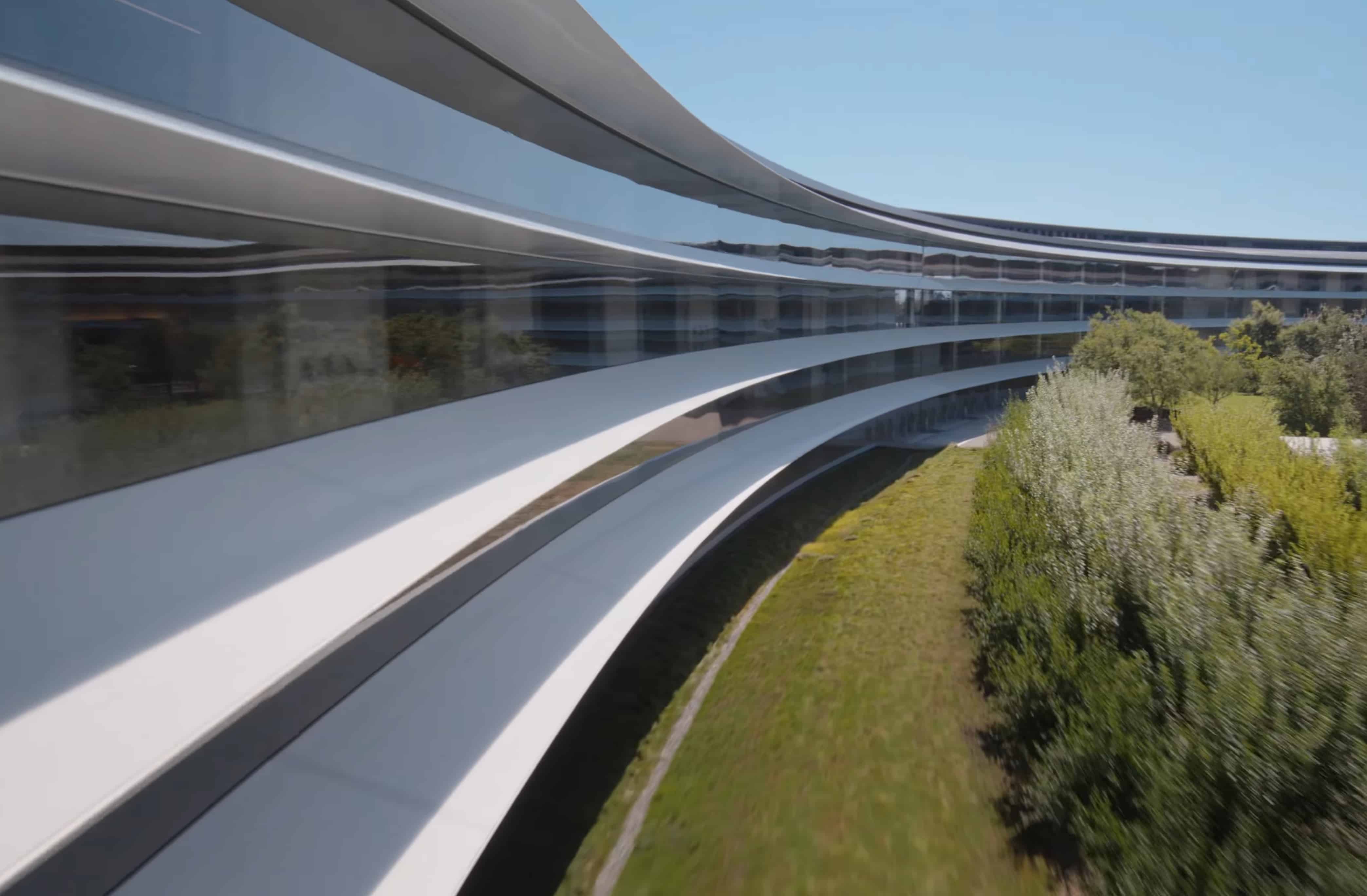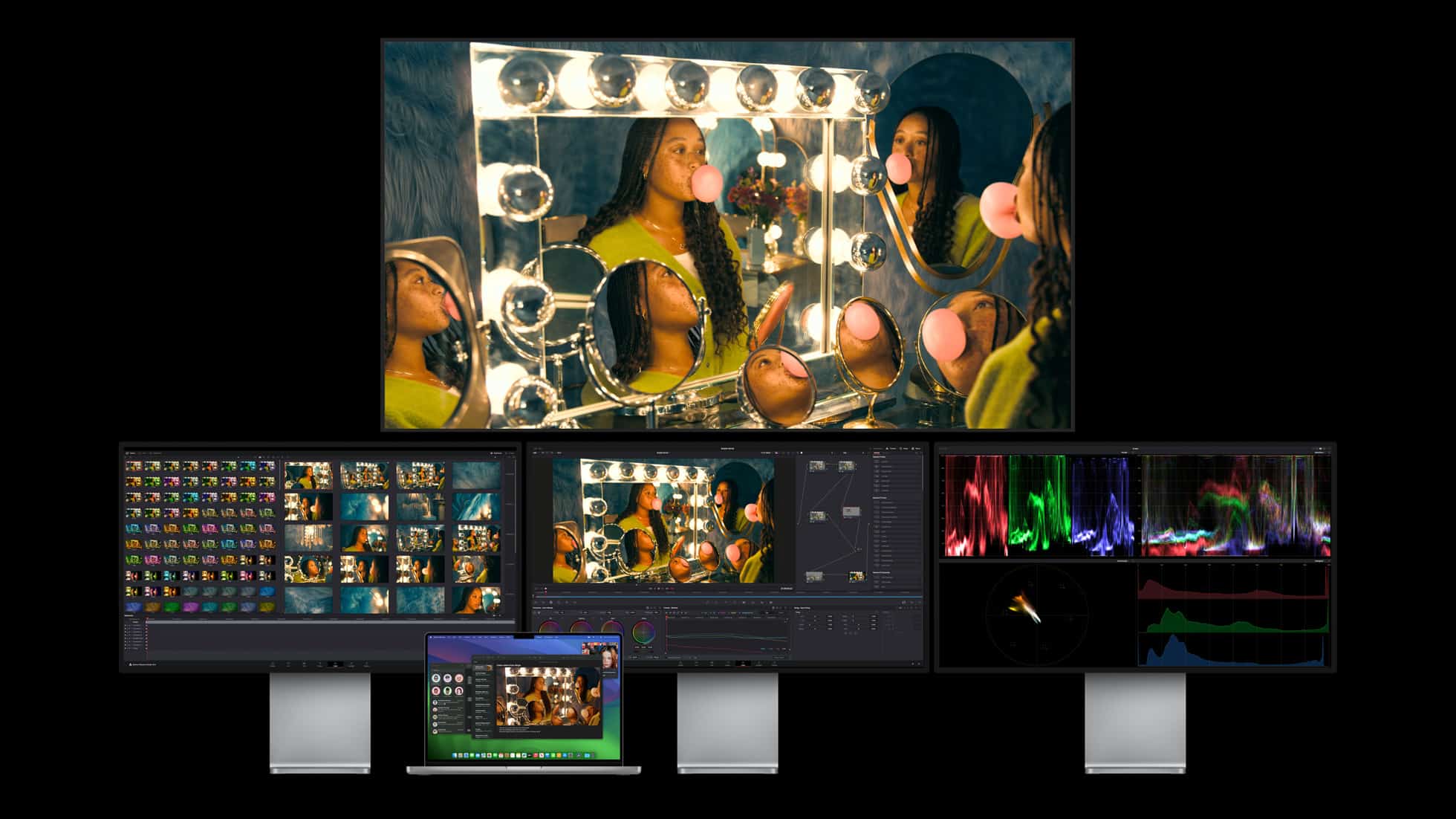
The CES 2022 has just come to an end. The name is not without meaning. The CE stands for “Consumer Electronics.” In the past, CES was the trade show for the IT industry. Almost all renowned consumer electronics, computer and telecommunications companies had to be represented there. But one was always conspicuously absent: Apple.
Speaking of Apple
Almost exactly 15 years ago, the first iPhone was introduced. The race for the most successful smartphone at the time was won by Cupertino, at least from a convenience point of view. The former top dog and cell phone manufacturer NOKIA only smiled at the “attempts” of a computer company in the beginning, and the smartphone specialist Blackberry (RIM) at the time was worried about future business behind closed doors at best. The CEOs of RIM, Research in Motion, certainly recognized the relevance. “They put a freaking Mac in a phone!” was the reported off-the-record comment of co-CEO Mike Lazaridis.
The competition was still open. In addition to Google’s Android OS, several other promising competitors were in the running. Android OS and smartphone designs looked very different at the time and were more comparable to Blackberrys.
The iPhone changed everything
At Google, the capacitive touchscreen with pinch and zoom was not yet on their radar at that time. Microsoft’s Steve Ballmer even made fun of Steve Jobs’ and Apple’s ambitions.
In fact, the touchscreen had to catch on first. In Germany, where reservations about it were strongest, seasoned IT journalists predicted a grandiose defeat for the iPhone or any smartphone without “real” keys – partly because of the high price by the standards of the time.
“A car is not an iPhone on wheels”
Electric mobility as we know it today was, of course, still a long way off in 2007. The first Nissan LEAF was not presented to the public until August 2009 in Yokohama. In Germany, the focus was on “real driving machines” that were getting more and more horsepower and were also getting bigger and bigger. At that time, the world of combustion engines was still its recognizable old self.
At that time, no German car manager was thinking about electrification and Tesla’s triumphal march had not even begun. The very first roadster, a Lotus derivative introduced in 2006, would not be produced – in homeopathic doses – until 2008.
Also interesting: Developing autonomous vehicles with technologies from the gaming industry
Tesla was not even noticed by German OEMs for a long time (with the exception of Daimler, which initially held a stake in the company) and was eventually ridiculed. In the late 2010s, a BMW manager, with an eye on California, proclaimed that a car is not an iPhone on wheels.
Digitalization as a beacon for automakers
The digitalization of the automobile was and still is the Achilles heel of German premium manufacturers. BMW’s first steps with the rotary knob on the center console or Daimler’s efforts with the Comand system seem like Stone Age technologies today. And even now, OEMs have not yet reached the level of the very first iPhone. The computers in current vehicles may have powerful multicore chips, but the software lags badly behind.
So while you can use a touchscreen in German premium vehicles, the responsiveness of the monitors to touch inputs usually falls far short of the cheapest smartphones from the Far East.
Which brings us back to CES
Apple is still not represented in Las Vegas. The innovations of the IT sector receive less and less attention, but more and more car manufacturers are showing their innovations to the world.
More or less innovative
They are more or less innovative. Mercedes-Benz showed the Vision EQXX, which is supposed to travel 1,000 kilometers on a 100 kWh battery with incredibly high efficiency and use of materials. Admittedly, the car itself is still on the drawing board.
Other manufacturers are showing how the car’s body color can be changed from one shade of mud to another at the touch of a button. The solution to first-world problems.
Sound designers from Hollywood are giving electric vehicles “exciting” sound characteristics (to which the average electric car driver attaches little importance, because they love the silence of the drive), while numerous global corporations are announcing cooperation agreements with software and computer companies to make up the shortfall in digitalization, primarily in the field of autonomous driving, as quickly as possible.
It would have taken longer without the iPhone
The fact is that without the introduction of the iPhone 15 years ago, developments in the PC world might have taken a different turn. Social media would have triumphed much more slowly without the smartphone and automotive development would probably have been even later in entering the world of digitalization.
But it is also a fact that the automobile must inevitably become a smartphone on wheels. This has been recognized, not least by former IT companies, who are increasingly getting involved in electric vehicles.
Sony’s e-car VISION-S 02
Sony, Huawei, Google, Microsoft (mobileye), Foxconn and Apple. These companies are all just now entering the electric car competition. When it comes to software, they are way out in front. And that’s the problem for the OEMs. The question is: who will win the race? The electronics giant building a car or the automaker trying to develop software expertise? The answer to this question remains exciting.
Read Bernd Maier-Leppla’s other column here.
Photo: At CES 2020 in Las Vegas, the Japanese electronics company presented a study of an electric sedan created with Austrian and German help. (c) Consumer Technology Association.
About this column:
In a weekly column written alternately by Bert Overlack, Eveline van Zeeland, Eugène Franken, JP Kroeger, Helen Kardan, Katleen Gabriels, Carina Weijma, Bernd Maier-Leppla and Colinda de Beer, Innovation Origins tries to figure out what the future will look like. These columnists, sometimes supplemented by guest bloggers, are all working in their own way to find solutions to the problems of our time.








